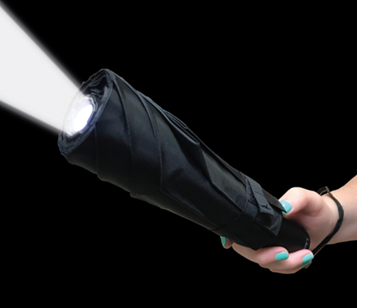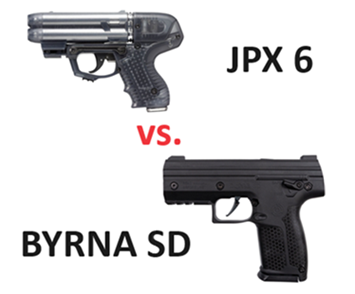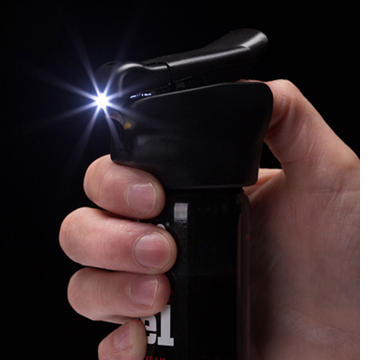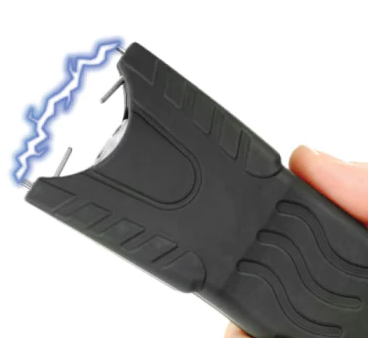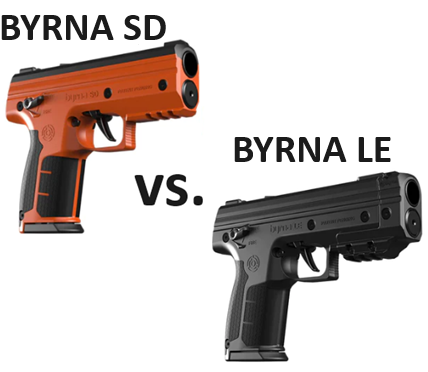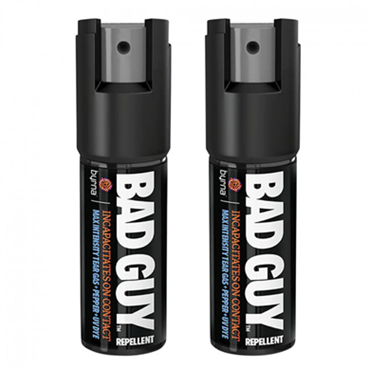Understanding Different Types of Batteries for Consumer Devices
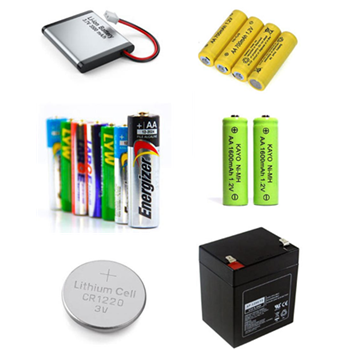 Batteries are the unsung heroes of our modern lives. From powering our smartphones to keeping our flashlights lit during camping trips, these compact energy sources play a crucial role. In this blog post, we’ll explore the various types of batteries commonly used in consumer devices, shedding light on their characteristics, applications, and advantages.
Batteries are the unsung heroes of our modern lives. From powering our smartphones to keeping our flashlights lit during camping trips, these compact energy sources play a crucial role. In this blog post, we’ll explore the various types of batteries commonly used in consumer devices, shedding light on their characteristics, applications, and advantages.
1. Lead-acid Batteries
- Description: Lead-acid batteries are one of the oldest and most reliable types. They consist of lead dioxide (positive electrode), sponge lead (negative electrode), and sulfuric acid as the electrolyte.
- Applications:
- Automotive: Lead-acid batteries power cars, trucks, and motorcycles.
- Backup Power: Used in uninterruptible power supply (UPS) systems.
- Advantages:
- Cost-Effective: Relatively inexpensive.
- Widely Available: Easy to find at everyday retailers.
2. Nickel-Cadmium (Ni-Cd) Batteries
- Description: Ni-Cd batteries use nickel oxide hydroxide (positive electrode) and cadmium (negative electrode) with potassium hydroxide as the electrolyte.
- Applications:
- Portable Electronics: Cameras, toys, and cordless phones.
- Advantages:
- Rechargeable: Can be used multiple times.
- Stable Voltage: Consistent performance.
3. Nickel-Metal Hybrid (Ni-MH) Batteries
- Description: Ni-MH batteries combine nickel oxide (positive electrode) and hydrogen-absorbing alloy (negative electrode) with potassium hydroxide as the electrolyte.
- Applications:
- Digital Cameras: Ni-MH batteries provide longer-lasting power.
- Advantages:
- Higher Capacity: Holds more charge than Ni-Cd batteries.
- Environmentally Friendly: Contains no toxic cadmium.
4. Lithium-Ion (Li-ion) Batteries
- Description: Li-ion batteries use lithium cobalt oxide (positive electrode) and graphite (negative electrode) with a lithium salt electrolyte.
- Applications:
- Smartphones: Lightweight and high energy density.
- Laptops: Powering our portable computers.
- Stun Devices: Tasers
- Advantages:
- High Energy Density: Longer run time.
- No Memory Effect: Can be recharged at any time.
5. Alkaline Batteries
- Description: Alkaline batteries contain manganese dioxide (positive electrode) and zinc (negative electrode) with an alkaline electrolyte.
- Applications:
- Remote Controls: Widely used due to their availability.
- Flashlights: Reliable power source.
- Stun Devices: Stun guns.
- Advantages:
- Long Shelf Life: Holds charge for years.
- Cost-Effective: Affordable and versatile.
6. Zinc-Carbon Batteries
- Description: Zinc-carbon batteries use zinc chloride (positive electrode) and manganese dioxide (negative electrode) with an acidic electrolyte.
- Applications:
- Clocks: Basic timekeeping devices.
- Toys: Simple battery-operated toys.
- Advantages:
- Economical: Budget-friendly.
- Widely Available: Commonly found in stores.
7. Coin Cell Batteries
- Description: Coin cell batteries are small, button-shaped batteries used in watches, calculators, and hearing aids.
- Applications:
- Watches: Powering timekeeping mechanisms.
- Medical Devices: Hearing aids and glucose monitors.
- Advantages:
- Compact: Fit into small devices.
- Low Self-Discharge: Last longer when not in use.
In summary, understanding the different types of batteries empowers us to make informed choices when selecting power sources for our devices. Whether you’re replacing a remote control battery or upgrading your smartphone, knowing the strengths and weaknesses of each type ensures efficient and reliable performance. So next time you reach for a battery, remember the science and engineering behind it—the unsung heroes that keep our gadgets running smoothly!





